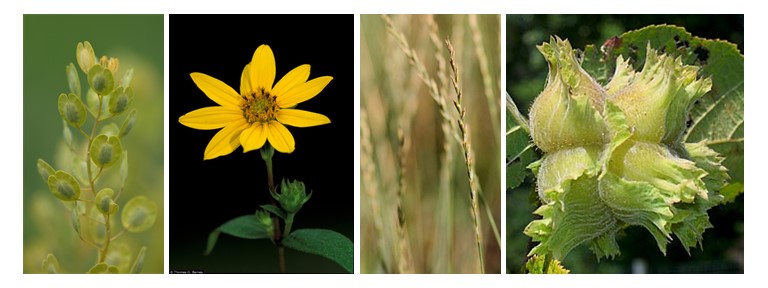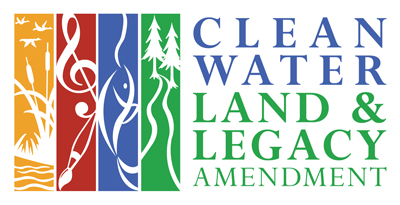 The Forever Green Initiative (FGI) brings together researchers, local groups, private-sector partners, and non-profits to advance and commercialize new high value commodity crops for conservation purposes. It also includes the disciplines of plant breeding, agronomy, food science and economics.
The Forever Green Initiative (FGI) brings together researchers, local groups, private-sector partners, and non-profits to advance and commercialize new high value commodity crops for conservation purposes. It also includes the disciplines of plant breeding, agronomy, food science and economics.Many of these new crops will be able to fit into a corn and soybean rotation by providing ground cover after harvest and before next spring’s emergence. Winter annuals and cover crops grow between the time when annual crops are harvested in the fall and a new planting is established in the spring. This is the time when fields are bare, and most vulnerable to erosion and nutrient loss.
The MDA receives Clean Water Funds to support the Forever Green Initiative at the University of Minnesota. There are three components to this effort: new crop research, implementation of new crops through the Environmental and Economic Cluster of Opportunity, and the formation of the FGI Partnership Steering Council and the FGI Partnership Learning & Experimentation Network. In addition the MDA has received funds for FGI through the Legislative-Citizen Committee on Minnesota Resources (LCCMR), the state legislature, and funding through Agricultural Research, Education and Extension Tech Transfer program (AGREETT).
Research projects are selected through a request for proposal process administered by the University of Minnesota. The MDA oversees the distribution of funds and coordinates reporting on progress results and outcomes. Funds received are used to support specific projects as well as designated positions at the University of Minnesota.
Additional information, including project title, the principal investigator, project status, and funds awarded is listed by fiscal years. The funding source is included in parentheses.
- 2024-2025 Forever Green Projects (Clean Water Fund)
- 2023-2024 Forever Green Projects (LCCMR)
- 2022-2023 Forever Green Projects (Clean Water Fund)
- 2020-2021 Forever Green Projects (Clean Water Fund)
- 2018-2019 Forever Green Projects (Clean Water Fund)
- 2017 Forever Green Projects (General Fund)
- 2016 Forever Green Projects (Clean Water Fund)
The following positions are currently supported annually through the Agricultural Research, Education and Extension Tech Transfer program (AGREETT) at the University of Minnesota. A total of $802,000 per year is used to support these positions.
| Position | Current Staff |
|---|---|
| Perennial Cereals Breeding & Genomics Research Assistant Professor |
Dr. Prabin Bajgain |
| Winter Annual Oil Seed Crops Breeding and Genomics Research Assistant Professor | Dr. Julia Zhang |
| Winter and Spring Pea Breeding and Genomics Researcher 6 |
Dr. Steven Mulkey |
| Hazelnut Breeding and Agronomic Research Researcher 6 |
Dr. Lois Braun |
| Associate Director FGI, Adjunct Assistant Professor, Research Specialist 3 | Dr. Mitch Hunter |
| Director of Commercialization, Adoption, and Scaling FGI, Business Development Specialist 2-Strategic Alliances | Colin Cureton |
The FGI Partnership Steering Council and the FGI Partnership Learning & Experimentation Network have been formed. The goal of this activity is to create and support working relationships between partners and coordinate and enhance the investments made in the FGI. The expected outcome of this coordination is greater support for new markets and supply chains and extensive production of these crops in targeted areas where they will have the largest water quality benefit.
The steering council has active members drawn from the public, private, and advocacy sectors. They have developed a council charter and a 12-month workplan and hold regularly scheduled meeting to discuss strategies and opportunities to further FGI crops. More information is available by contacting Dr. Nick Jordan (jorda020@umn.edu) at the University of Minnesota.



